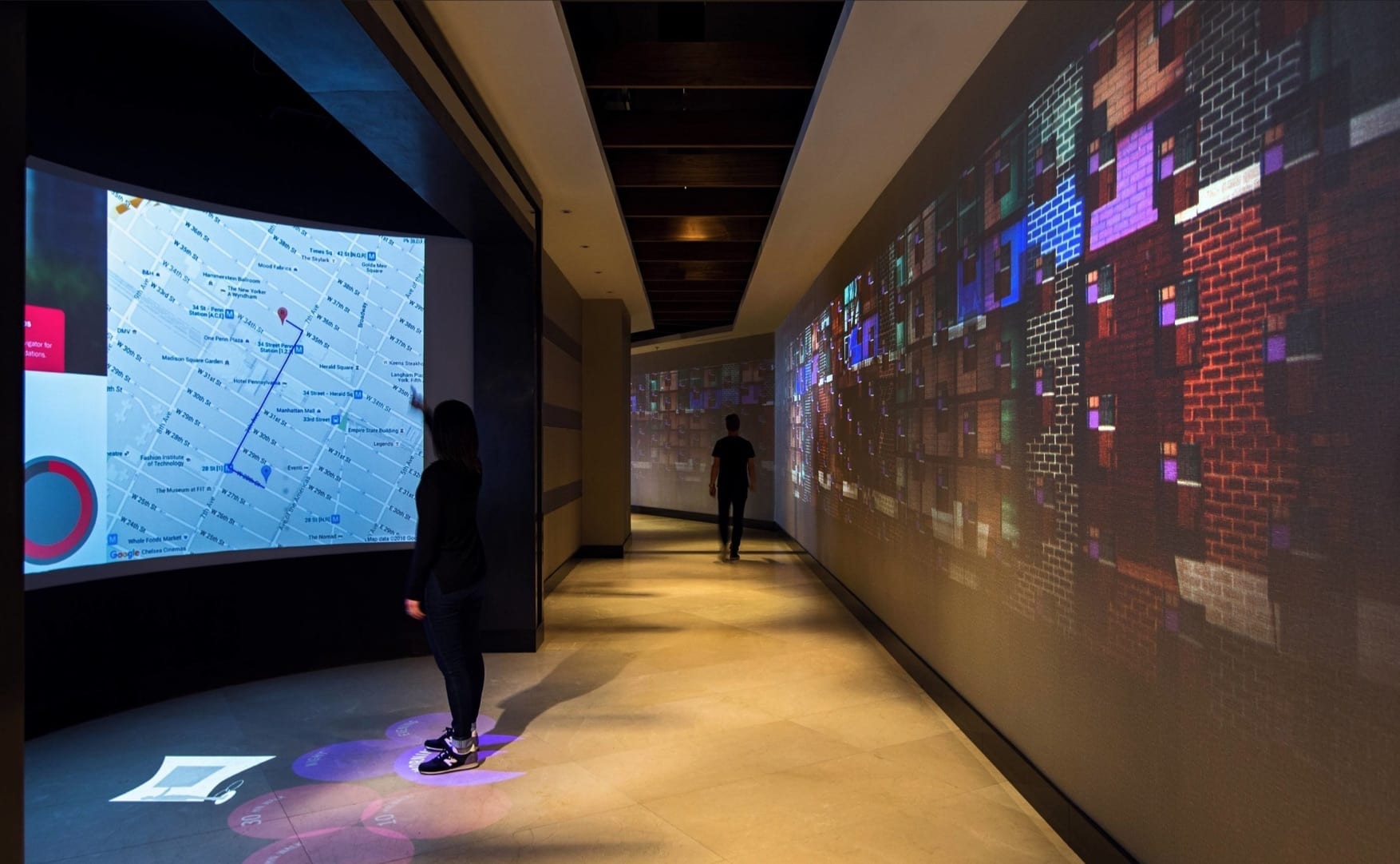The global interactive touch screen market is projected to witness a significant growth over next 3 – 5 years. Interactive touch technology provides both compact and large format monitors with streamlined interfaces. Several factors contributing to accelerated industry growth include increased use and adoption of devices enabled with interactive touch technology such as tablets and smartphones. Touch technology has applicability in providing industry enhancements across all sectors via a combination of techniques for interaction that enable the consumers to regulate graphical applications by using various fingers. The interactive touch market has emerged to be a quickly growing and evolving technology with adoption across various industrial, consumer, commercial, geographic, demographic and economic populations. Numerous benefits offered include technology which enables gesture operated interactions capable of complete understanding of technologies such as videos, satellite images, text, pictures, and 3D simulations.
Interactive touch technology has given an alternative solution to the traditional keyboards, mouse, and keypads. This technology has been witnessing increasing demand on account of increased use of devices enabled with multi-touch. Factors driving overall market demand include a growing acceptance of interactive touch displays, an increased number of associated electronic devices, as well as a growing market demand for developing new touch screen applications.
The interactive touch technology market has been segmented based on technology, application, and device. The technology segment has been categorized as resistive, optical, capacitive, infrared, and acoustic. By devices, it has been segmented as tablets, TV, gaming systems, smartphones, POS systems, and large displays (walls, signage, table tops, floors). Various application segments of the market include retail, enterprise, commercial, military, medical, government, and industrial.
In 2015, North America had the largest market share of the global interactive touch technology market driven by increased demand for digital signage, signage software with exceptional picture quality, and high usage of technology-intensive products. Asia Pacific is projected to experience the highest growth rate over the next eight years on account of easy availability of raw materials for multi-touch screens and high rate of adoption of smartphones. Major industry participants are establishing their grounds by developing new products to incorporate more efficient and better features. North America dominates the global market and is expected to continue its leading position over the next few years. The overall industry is projected to grow at an approximate CAGR of 6% from 2016 to 2024.
An evolutionary example of how interactive touch technology has been used as a retail solution can be seen in the application of self-checkout technology which has been leveraged by retailers globally to decrease customer check out time and reduce staff headcount and payroll has been the deployment of stationary self-checkout kiosks.
In contrast, a revolutionary example of how interactive touch technology are being deployed in environments which have benefited both business and consumers alike is the introduction of the smart self-checkout shopping cart. Equipped with an interactive touch display, these carts allow shoppers to navigate supermarkets in the most efficient path and enable them to find all items on their list while also being made aware of product specials and/or price offerings. These carts are powered with RFID and weight scanning technology which allow consumers to place products in their respective carts without the need to check out at a register. The interactive touch display allows shoppers to seamlessly pay via credit card making for a more time and cost-effective experience. Preliminary research shows that not only does this product benefit consumers as far as time, cost and convenience, it has been proven beneficial to retailers who operate in multiple capacities. Statistics suggest that customer engagement, retention, and overall purchase amount is higher when shopping in environments where such interactive touch technology exists.
Both business owners and consumers should expect widespread adoption and growth of interactive touch technology across industries, including retail, industrial, events, medical, educational, and defense among others.

